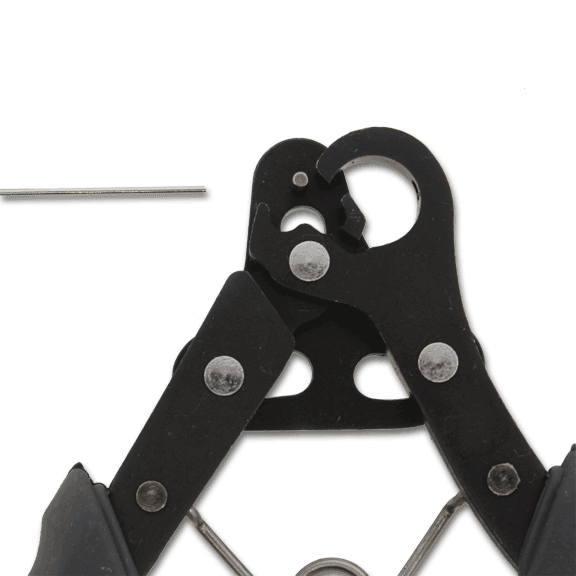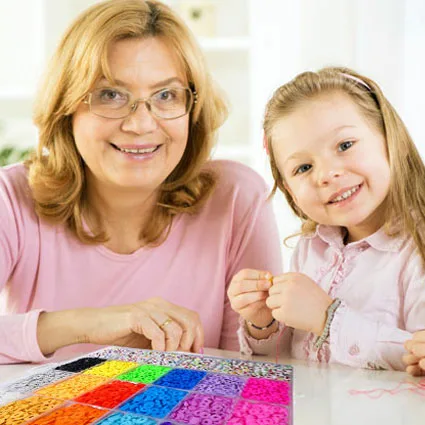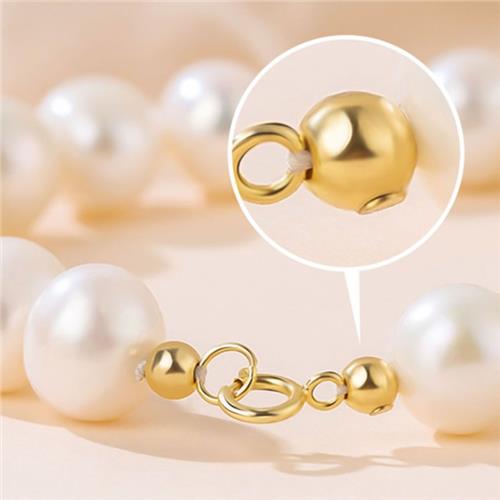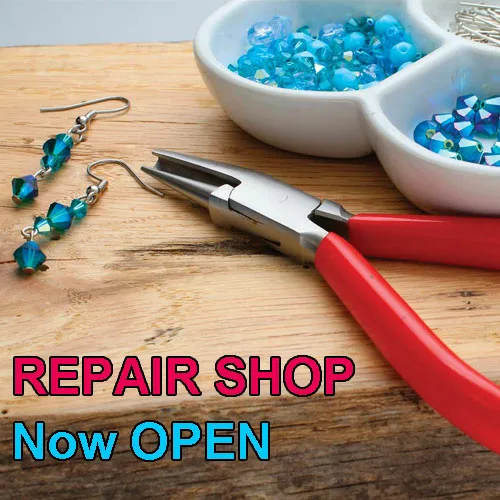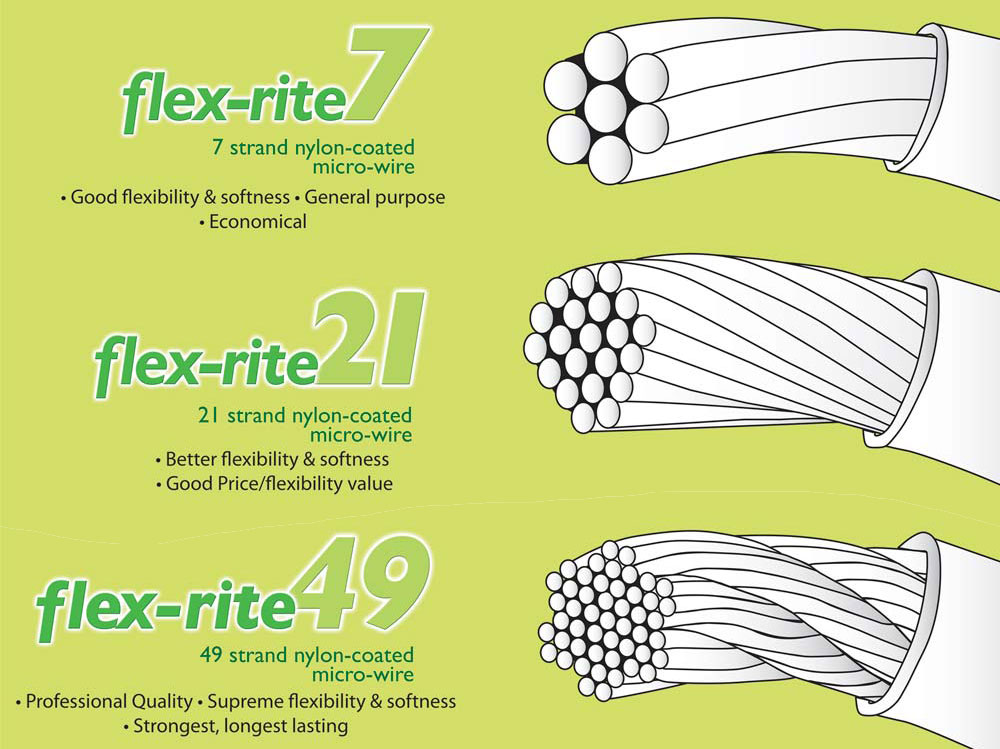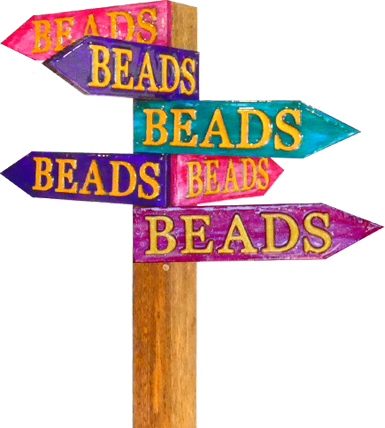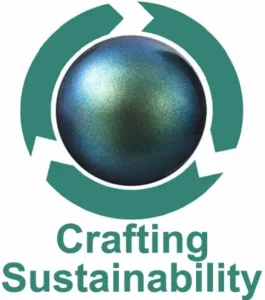Aventurine

Aventurine is a type of quartz that is prized for its unique sparkly appearance, caused by inclusions of mica, hematite, or goethite. It is found in a variety of colours, including green, blue, orange, and red. Aventurine beads are versatile and can be used in various jewellery designs, from necklaces and bracelets to earrings and pendants, adding a touch of natural beauty and positive energy to your creations.
Showing all 25 results
-
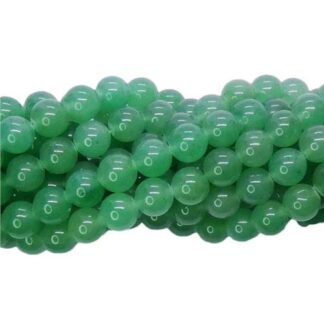
Aventurine 10mm Round Beads Strand
$22.0042 in stock
-
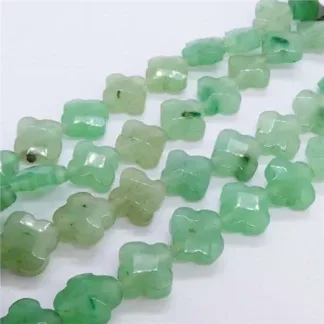
Aventurine 12mm Faceted Clover Beads Short Strand
$36.002 in stock
-
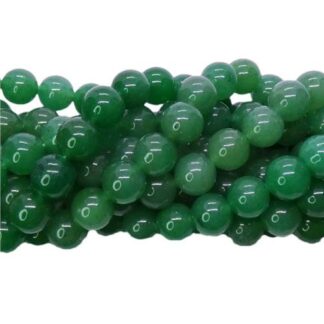
Aventurine 12mm Round Beads Strand
$30.0035 in stock
-
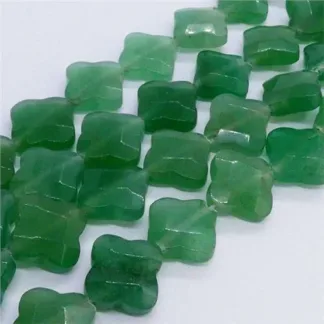
Aventurine 14mm Faceted Clover Beads Short Strand
$40.008 in stock
-
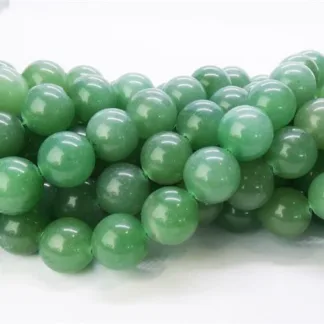
Aventurine 14mm Round Beads Strand
$40.007 in stock
-
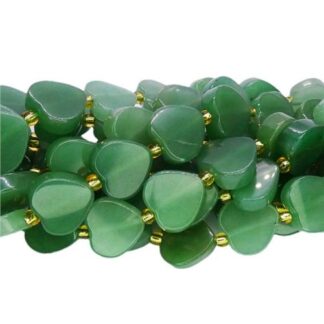
Aventurine 16mm Handcut Heart Shape Beads Strand
$50.004 in stock
-
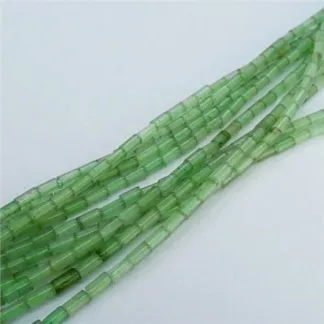
Aventurine 2x4mm Tube Beads Strand
$23.002 in stock
-
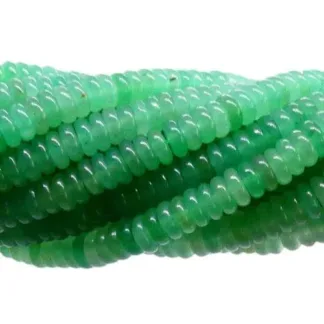
Aventurine 2x6mm Disc Gemstone Beads Strand
$36.007 in stock
-
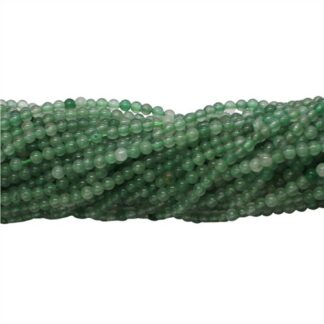
Aventurine 3mm Round Beads Strand
$12.0065 in stock
-
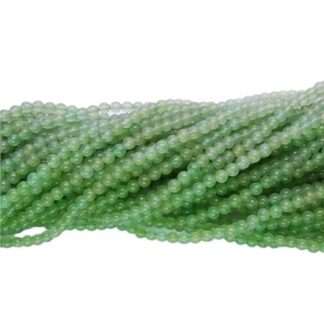
Aventurine 4mm Round Beads Strand
$16.0048 in stock
-
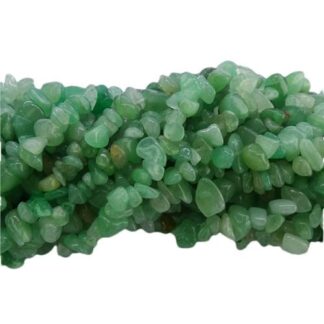
Aventurine 5-8mm Chips Beads 32″ Strand
$16.00Out of stock
-
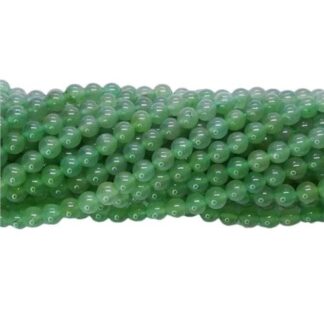
Aventurine 6mm Round Beads Strand
$18.0069 in stock
-
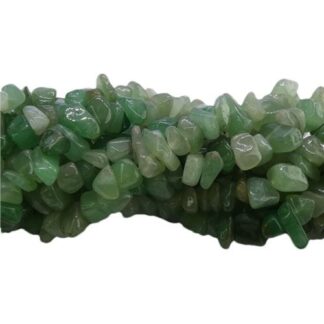
Aventurine 8-12mm Large Chips Beads 32″ Strand
$16.00Out of stock
-
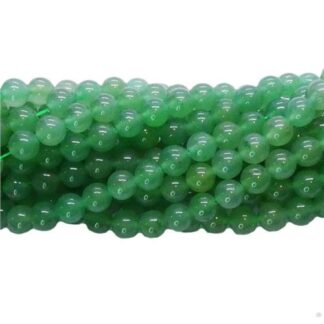
Aventurine 8mm Round Beads Strand
$20.0067 in stock
-
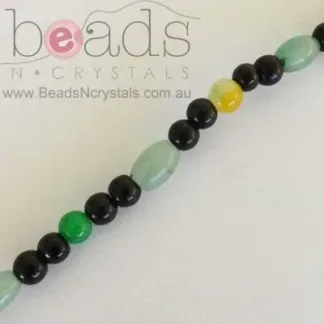
Aventurine 9x6mm Ovals + Assorted Gemstones 6mm Round Strand
$12.006 in stock
-
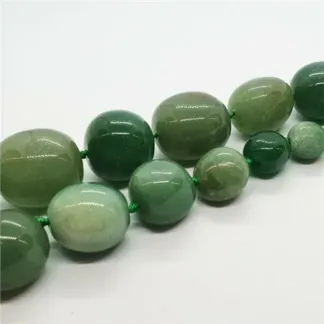
Aventurine Graduated 10-25mm Irregular Tumbled Beads Strand
$40.002 in stock
-
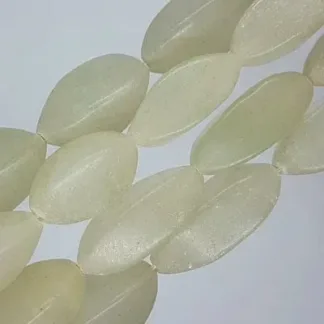
Aventurine Matte Green Squared Barrel Beads Strand
$14.001 in stock
-
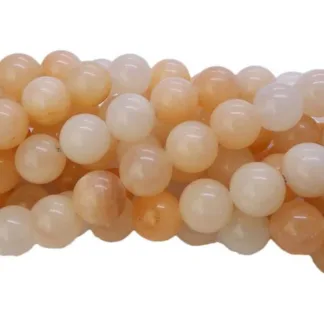
Aventurine Natural Pink 12mm Round Beads Strand
$28.009 in stock
-
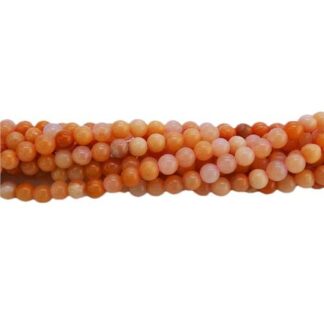
Aventurine Natural Pink 3mm Round Beads Strand
$16.0018 in stock
-
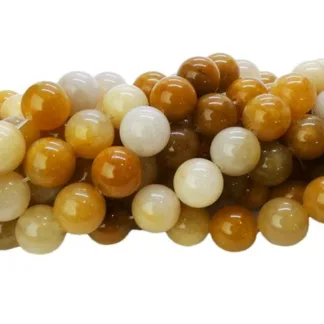
Aventurine Natural Yellow 12mm Round Beads Strand
$22.001 in stock
-
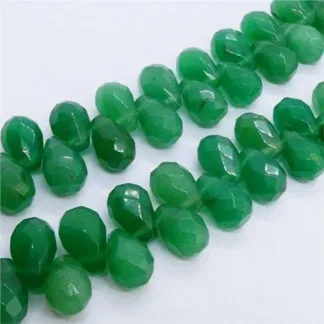
Aventurine Teardrop 7x12mm Gemstone Beads Strand
$56.003 in stock
-
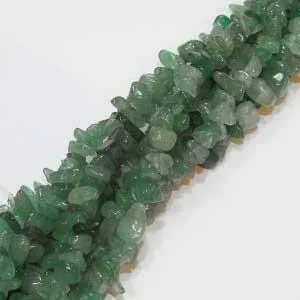
Chips Strand Aventurine Green 32″ Strand
$16.0080 in stock
-
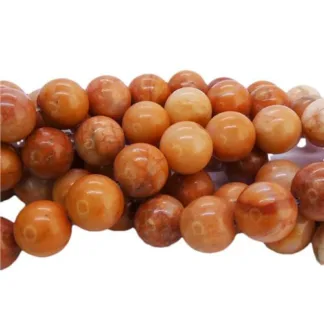
Natural Dark Pink Aventurine 12mm Round Beads Strand
$30.006 in stock
-
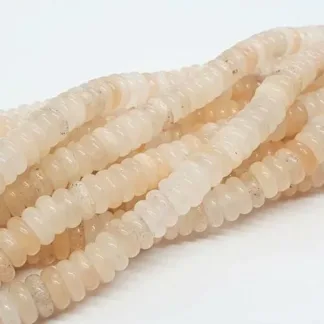
Natural Pink Aventurine 2x6mm Disc Gemstone Beads Strand
$36.0022 in stock
-
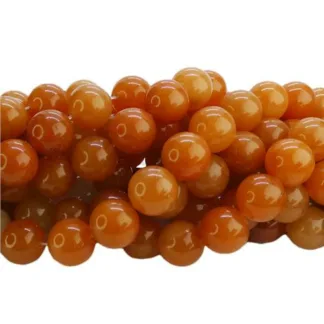
Natural Red Aventurine 12mm Round Beads Strand
$32.0010 in stock
Aventurine beads are a very popular crystal in jewellery making due to their unique characteristics and metaphysical properties. They are typically green in colour, ranging from light to dark shades, with a beautiful shimmer caused by the presence of mineral inclusions, such as fuchsite or hematite. Other colours such as blue aventurine, red and yellow aventurine are also available, though less common. This shimmering effect adds a captivating and eye-catching element to jewelry designs.
Beyond their aesthetic appeal, aventurine beads are believed to possess various metaphysical properties. They are often associated with luck, abundance, and prosperity, making them a favoured choice for those seeking positive energy and good fortune. It is believed that wearing aventurine jewellery can attract opportunities, promote financial success, and stimulate personal growth.Aventurine beads can be incorporated into a wide range of jewellery designs, including necklaces, bracelets, earrings, and even pendants. Their versatility allows for creativity and experimentation, whether you prefer to use them as standalone beads or combine them with other gemstones and materials. The natural beauty and positive energy of aventurine beads make them a popular choice for both casual and elegant jewellery pieces, adding a touch of nature-inspired elegance to your creations.
Why is aventurine green?
Aventurine is a green crystal due to the presence of certain mineral inclusions within the stone. The green colour is primarily caused by the presence of small particles of green mica called fuchsite. Fuchsite is a chromium-rich variety of muscovite mica that imparts the green hue to aventurine.
In addition to fuchsite, other minerals can contribute to the green color of aventurine quartz. Hematite, a form of iron oxide, can also be present in aventurine and can give it a deeper green color or even reddish-brown tones. The combination of fuchsite and hematite creates the unique and shimmering appearance which is characteristic of aventurine.
It’s important to note that while green is the most common colour of aventurine, it can also occur in other colours, such as blue, red, brown, and even gray. However, green aventurine is the most widely recognised and sought-after variety. The specific composition and balance of minerals within the stone determine its color, making each piece of aventurine unique and captivating in its own way.
Aventurine vs Jade: What’s the difference?
Aventurine and jade are both popular gemstones used in jewellery and have similar appearances, but they are distinct minerals with some notable differences. They are easily distinguishable once you know the differences and what to look for, despite them both usually having a green appearance. It’s possibly the colour that makes people relate these gemstones even though they are quite different.
- Composition: Aventurine is a type of quartz, specifically a variety of translucent to opaque quartz that contains mineral inclusions. The green colour of aventurine is mainly due to the presence of fuchsite or green mica, along with possible inclusions of other minerals like hematite. On the other hand, jade refers to two separate minerals: jadeite and nephrite. Jadeite is a sodium aluminum silicate, while nephrite is a calcium magnesium iron silicate. Both jadeite and nephrite can occur in a variety of colours, including green, but they have different chemical compositions.
- Hardness: Jade is renowned for its exceptional toughness and hardness. Jadeite ranks between 6.5 and 7 on the Mohs scale of hardness, while nephrite is slightly softer, ranging from 6 to 6.5. In comparison, aventurine has a hardness of 7 on the Mohs scale, making it slightly harder than jadeite but similar to nephrite.
- Cultural Significance: Jade has been highly revered and valued for centuries in many cultures, particularly in East Asia, where it holds significant cultural and spiritual significance. It is often associated with qualities such as wisdom, purity, and protection. Aventurine, while also appreciated for its beauty and metaphysical properties, does not carry the same historical and cultural significance as jade.
- Availability: Aventurine is more readily available and affordable compared to high-quality jade, particularly jadeite, which is considered the most valuable and sought-after type of jade. Jadeite is relatively rare and often commands higher prices, especially for top-quality stones with vibrant green color and good translucency.
The main differences between aventurine and jade lie in their composition, hardness, cultural significance, and availability. While both stones share a similar green appearance, jade has a more significant historical and cultural significance and is generally considered a more valuable and precious gemstone. Aventurine, on the other hand, offers an accessible and affordable alternative with its own unique beauty and metaphysical properties.
What is aventurine good for?
Aventurine is believed to possess several positive metaphysical crystal properties and is associated with various meanings. Here are some of the commonly attributed properties and meanings of aventurine:
- Luck and Prosperity: Aventurine is often associated with luck and is believed to bring good fortune, abundance, and prosperity. It is said to attract opportunities, wealth, and success in various areas of life.
- Healing and Balance: Aventurine is considered a stone of healing and balancing energies. It is believed to have a calming effect on emotions and promote emotional healing, especially in times of stress or anxiety. It is also associated with promoting overall well-being and vitality.
- Heart Chakra: Aventurine is associated with the heart chakra and is believed to promote emotional healing, compassion, and harmony in relationships. It is said to help release past emotional traumas and open the heart to love and forgiveness.
- Creativity and Manifestation: Aventurine is associated with enhancing creativity, imagination, and innovation. It is believed to stimulate inspiration and support the manifestation of one’s goals and desires.
- Protection and Grounding: Aventurine is often considered a protective stone, shielding against negative energies and electromagnetic pollution. It is also believed to enhance one’s connection to the Earth, providing grounding and stability.
These are just some of the metaphysical crystal properties of Aventurine.
Make your own Aventurine crystal jewellery
Creating your own Aventurine crystal jewellery is a creative experience for everyone. Since aventurine is such an affordable and beautiful gemstone, it can be worn by all ages and with any outfit. Making your own Aventurine crystal jewellery can be as simple as stringing some beads onto stretch magic elastic and tying a knot.
Aventurine stretch bracelets are timeless and wear well with any combination of other beads and jewellery. Chip beads or round aventurine beads are the best place to start for something simple.
Similarly, an aventurine necklace can made on elastic or flex-rite beading wire. Combine them with other earthy gemstones like hematite, tiger eye, carnelian or amethyst for a range of different colour combination options.
A wire wrapped aventurine ring is a great project to begin exploring the amazing world of wrapping wire. Using 20 to 24gauge wires, twist and wrap around a single bead and form a round loop to wear it as a ring.
Remember, creating your own Aventurine crystal jewellery allows you to infuse your intentions, energy, and personal style into each piece. Enjoy the process and embrace the unique beauty and energy of Aventurine as you craft your jewellery creations.
Where to buy Aventurine
The first step on your new gemstone jewellery adventure is selecting a good strand of Aventurine beads. Beads N Crystals has your back with a great selection of aventurine beads to buy to make your own necklace or bracelet. We supply quality and affordable beads to any crafter looking to take on a new project as well as seasoned professionals after stock for their own creative business via our wholesale beads ordering system. We pride ourselves on selecting the best quality beads when filling online orders for our customers across Australia and also welcome you to visit our Brisbane shop to see and feel them for yourself.
Showing all 25 results





